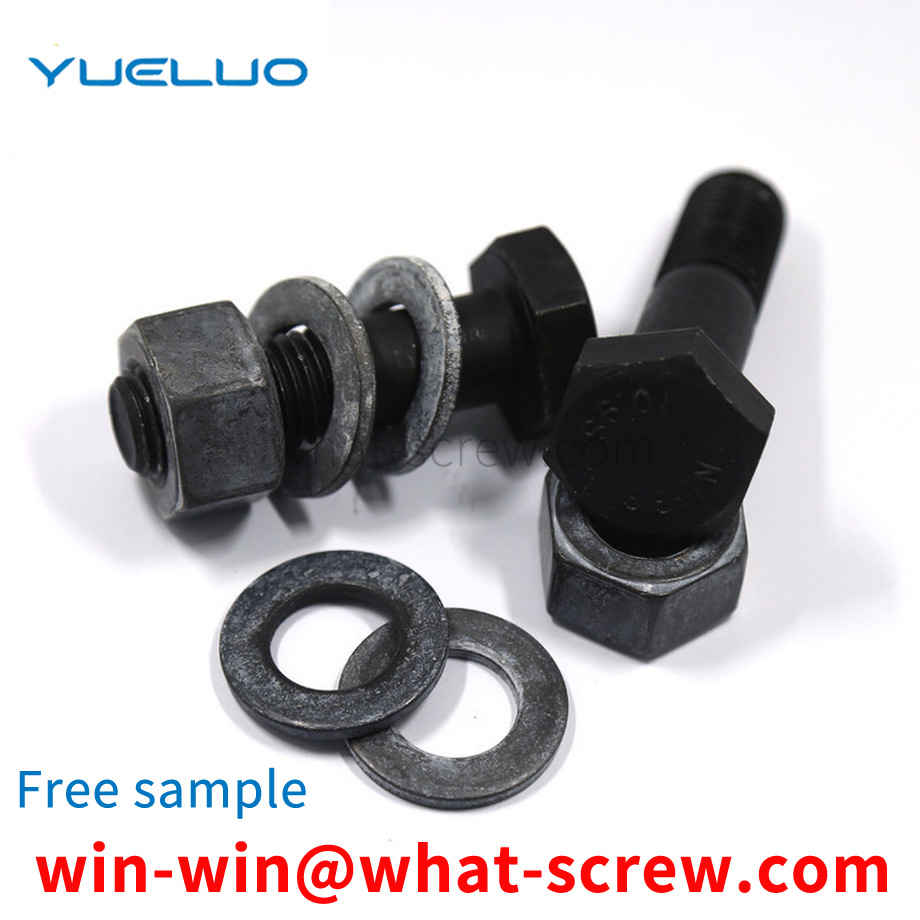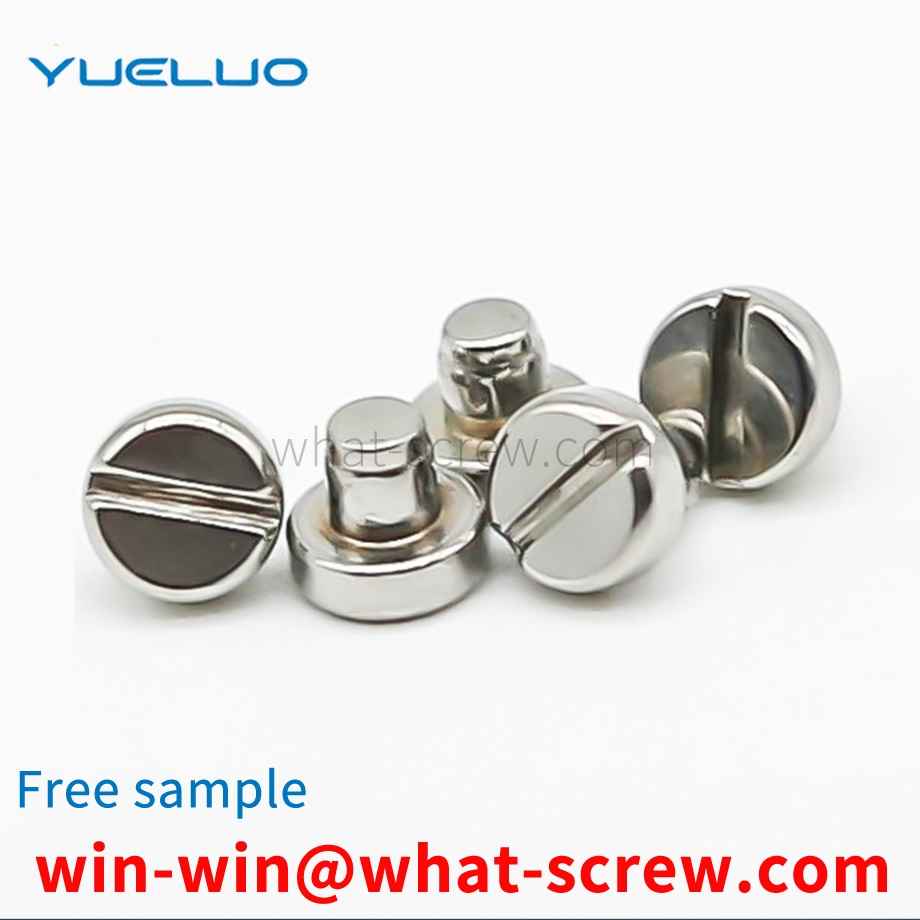The pressure riveting nut, also known as the self-tightening nut, is a kind of nut applied to thin plates or sheet metal parts. To facilitate the installation of other parts on the printed circuit board. The conventional process is to design prefabricated holes on the printed circuit board in advance, and squeeze the rivet nut into the board through pressure, so that the periphery of the hole is plastically deformed, so that the rivet nut is firmly fixed on the circuit board. In important positions, the use environment of pressure riveting nuts is relatively harsh. In display products, due to space constraints, pressure riveting screws are used a lot. The riveting quality of pressure riveting screws has a direct impact on the reliability of the system. The riveting process is correct. The key technology of using rivet nuts.
Hydraulic wrench or pulling method Use hydraulic torque wrench or puller to fasten large screws, which saves effort and has high precision. However, hydraulic tools are expensive, screws of different sizes need to be equipped with different wrenches, and now the hydraulic pullers in the world are generally only M160×6. If the screws are too large, special specifications or very few in number, it is extremely uneconomical to equip them with hydraulic tightening tools.
The technical solution adopted by Guangdong Yueluo Hardware Industry Co., Ltd. to solve its technical problems is a special pull rivet for railway freight cars, which has a pull rivet body and a collar. The rod body is composed of polished rod section, locking ring groove section and tail thread section from top to bottom. Protectors are provided at the tail thread section to prevent rust and bad teeth in the tail thread section during use. , collision deformation, etc. Specifically, the tail thread segment has an external thread or an internal thread, and the protective member is a nut or a bolt.
A double-nut self-locking fastener includes bolts, nuts, nuts, and elastic gaskets that can produce plastic deformation under pressure; the nut and the bolt are connected by threads, and one end of the nut is provided with an external thread; There is an inner thread in one end, and the inner thread of the nut and the outer thread of the nut constitute a thread pair; the other end of the nut is provided with a through hole, and the bolt passes through the through hole of the nut; when the nut and the nut are installed and tightened, the elastic gasket is located in the nut. between the bolt and the nut; a notch for cutting off the thread is arranged on the circumference of the bolt thread; the direction of the notch is parallel to the axial direction of the bolt.
The flat key is simple in manufacture, reliable in operation, convenient in assembly and disassembly, and widely used. The flat key transmits torque by contacting the two sides of the keyway with the two sides, that is, the side is the working surface, so the main technical requirements for assembly are: to ensure the matching requirements between the flat key and the keyway of the parts on the shaft, and to transmit the movement smoothly and torque. The matching nature of the key and the keyway generally depends on the working requirements of the mechanism. The key can be fixed on the shaft or the hub, and can slide relative to another matching part (guide flat key); it can also be fixed on the shaft and the hub at the same time (ordinary flat key), and based on the size of the key, by changing the shaft The size of keyway and hub keyway can meet different matching requirements.
We have many years of experience in the production and sales of screws, nuts, flat washers, etc. The main products are: bolts with flat spring washers, set extension bolts and screws, flat head cylindrical pins, ordinary stainless steel screws and other products, we can provide you with suitable products for you. fastener solutions.



















 Service Hotline
Service Hotline




